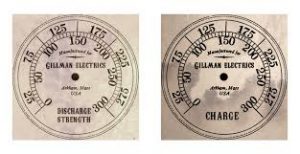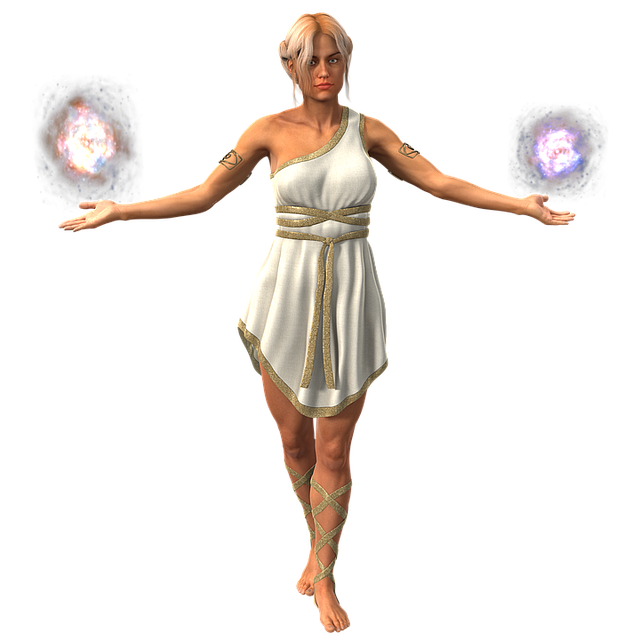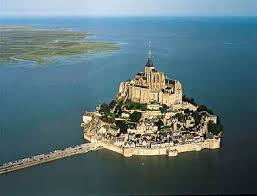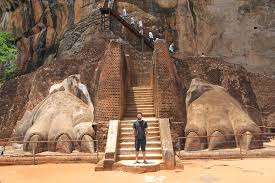 While Peter is off “riding horses” and drinking Earl Gray I thought I would toss this issue out and see if anyone had some thoughts on the subject. on a side note….(Peter is off to some mysterious locale, Peter is English, all villains have an English accent; ergo Peter is a villain up to some nefarious scheme!)
While Peter is off “riding horses” and drinking Earl Gray I thought I would toss this issue out and see if anyone had some thoughts on the subject. on a side note….(Peter is off to some mysterious locale, Peter is English, all villains have an English accent; ergo Peter is a villain up to some nefarious scheme!)
Anyway, I wanted to start off with a factoid I was told years ago that stuck with me. A friend of mine in the Navy said that the nuke dept. still used analog gauges in their instruments instead of more accurate digital displays. Why? Because while less accurate, we can better perceive “rate and severity of change” with a needle than a rapidly changing digital number output.
So this leads me to RM (and perhaps RMU). The RM system uses a number of qualitative labels as stand-ins” for actual numerical modifiers. This requires a GM or player to read the label and then look up a chart to convert the label to an actual number used in the game play. To me this seems horrible in-efficient and counter-intuitive. Plus it just adds to the “chart count”—an easy target and common criticism of RM. Let’s take a look at a few:
- The most obvious one are maneuver difficulty labels: routine, easy, hard, very hard, absurd etc. While the words create a scale of difficulty, they are meaningless without the corresponding difficulty penalty. If you are using the original RM MM chart with individual columns for difficulties than this might make sense, but if you are using an absolute or partial success 100scale maneuver resolution than the labels are just proxies for the penalty modifier.
- Walk, Jog, Run, Sprint etc. Again, while those labels have an intuitive meaning to us, for game play purposes they are just multipliers: 1x, 1.5x, 2x, 5x etc.
- Creature stats have a speed (actually two I believe). Slow, Normal, Fast, Very Fast, Blinding etc. What does that mean? You have to look it up in a chart.
- Creatures are assigned sizes: Diminutive, Small, Medium, Large, Huge, etc. Depending on your rule set, those sizes may have a material impact on combat and damage results.
When I’m writing adventures I find myself slowed down by that conversion process: either looking up labels/mods on a chart or the actual modifier needed to represent the challenge properly. It seems to me that all of these can be simplified:
- If you are using a 100scale maneuver resolution than difficulty can be assigned by a penalty only. The added benefit is that you can set any penalty to a maneuver/challenge/trap etc. than the pre-set ones. Rather than write “pit trap, V. Hard to Detect” I can write “pit trap, -50d). This does not require referring to a chart to convert “V. Hard” to a number and it’s less text!
- Isn’t easier to say you’re going to move at an x2 pace than to say you’re going to “jog” and then convert jog to 1.5? It’s a simple process but why add the extra step? With creature stat blocks it’s then easy just to assign a max multiplier, rather than assigning a max pace label.
- We just apply a number to the Speed stat that is used for our d100 initiative system.
- Using Beta 2 size rules, we use numbers and not labels for creature size from I-X. The difference in size sets both the hits and critical adjustments.
While our solutions depend on our own house-rules, it’s clear that many of these labels can be converted to a simple number. What’s the down-side? I think there is an argument that these labels offer flavor and texture to a game. Looking at a creature stat that says it’s “Blinding Fast” gives a qualitative attribute to the creature. But in the end, what’s important is how that label translates into game mechanics. Why translate at all?











